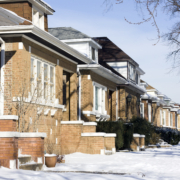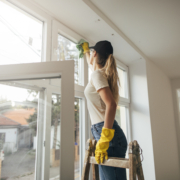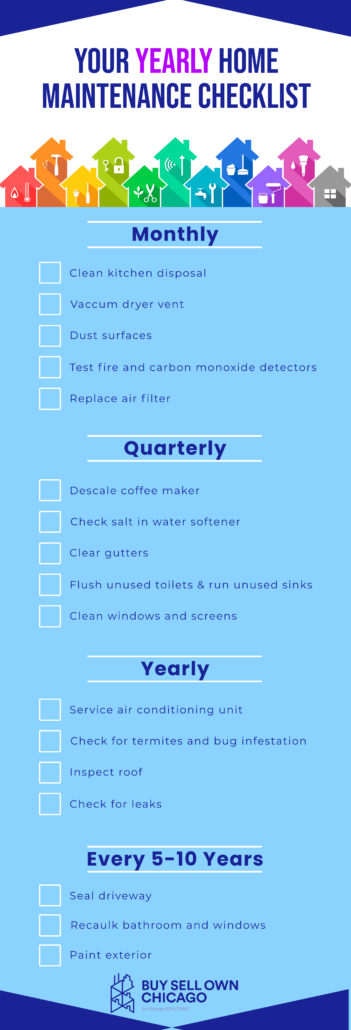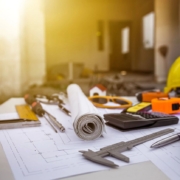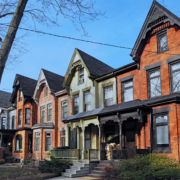Cool, Clean & Covered: Home Maintenance for A Stress-Free Summer
As springtime slips away and we make way for long summer days, don’t forget about these important measures you can take to make sure your home is protected and operating efficiently all season long.
-
CHECK FOR CRACKS AROUND DOORS & WINDOWS
The money you spend on keeping your home cool can slip through the cracks if you’re not careful. Check your windows, doors and vents for any loose fittings that could leave you paying to air condition the outdoors. Install or upgrade weatherstrips to reduce leakage or try a window insulation kit.
-
REVERSE YOUR CEILING FAN DIRECTION
Switching your ceiling fan from clockwise to counterclockwise removes strain from your air conditioning unit by pushing cold air down, away from the ceiling and circulates it to areas where you need a breeze the most.
-
CHECK FOR MOLD AFTER SPRING SHOWERS
Plentiful spring rains can also mean leaks and wetness in basements and attic spaces. Venture into these areas to see if you can spot any visible mold, feel an unnatural level of humidity in the space or smell something funky brewing. These are all signs you should act quickly before a small issue impacts your home in big ways.
-
CLEAN OUT GUTTERS & DOWNSPOUTS
Springtime changes can also mean leaves, petals or other plant matter getting snug in your gutters and rain spouts. Tackle this chore on your own—ideally with the help of a friend or family member—or pay for a pro to clean your tracks and keep your gutters functioning properly.
-
TEST SMOKE & CARBON MONOXIDE DETECTORS
While the recommended frequency for testing smoke alarms and carbon monoxide detectors is every month, the batteries should be switched out annually. And what better time to make sure you’re protected from smoke and fumes than bonfire and cookout season? It’s also important to replace the entire detector unit every 10 years, so if you’re new to your home or unsure of the last time your detectors were refreshed, be on the safe side and swap out the unit.
A few simple steps today can help you stay safe, cool and stress-free all summer long.


